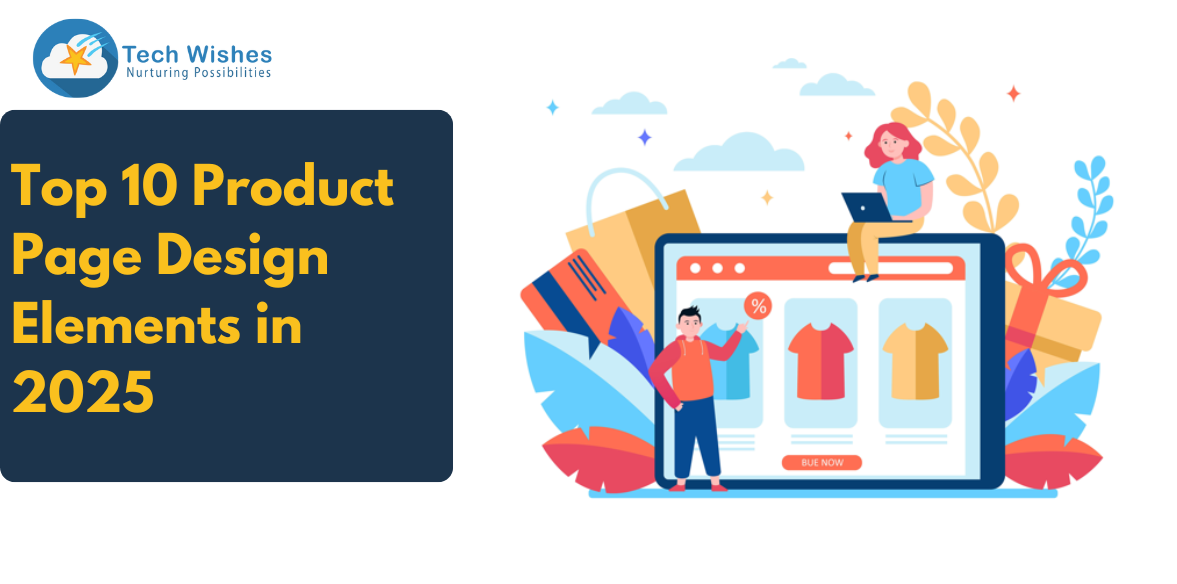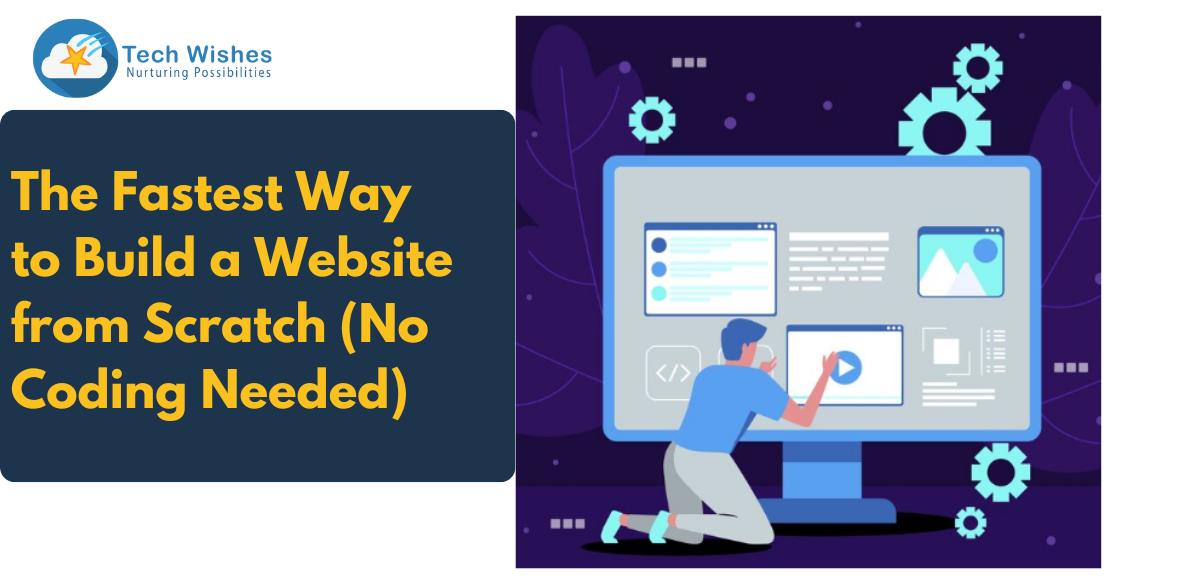Website speed is a critical factor that directly impacts user experience, search engine rankings, and ultimately, sales. As a Shopify merchant, optimizing your store's performance is paramount to ensure that visitors stay engaged and convert into loyal customers. Conducting a thorough speed audit can help you identify performance bottlenecks and implement targeted improvements that enhance your Shopify store's loading speed.
In this comprehensive guide, we will walk you through the process of conducting a Shopify speed audit. We will explore key performance metrics, identify common bottlenecks, and provide actionable strategies to improve your store's performance. Let's dive in and pave the way for a faster, more efficient, and more successful Shopify store.
You can always hire dedicated Shopify Developers to curb speed issues…
Shopify Store: Page Speed Audit Checklist
Step 1: Measuring Current Performance
The first step in the speed audit process is to measure your store's current performance using various tools and metrics. Key performance indicators to consider include:
Page Load Time: Measure the time it takes for your pages to fully load, both on desktop and mobile devices.
First Contentful Paint (FCP): This metric measures how long it takes for the first content to appear on the screen.
Largest Contentful Paint (LCP): LCP measures the time it takes for the largest element on the screen to load.
Total Blocking Time (TBT): TBT indicates how long a page is unresponsive to user interactions during loading.
Step 2: Identifying Performance Bottlenecks
Once you have gathered performance metrics, analyze the data to identify potential bottlenecks that are slowing down your store. Common performance issues may include:
Unoptimized Images: Large, uncompressed images can significantly impact page load times.
Excessive JavaScript: Bloated or poorly optimized JavaScript can slow down page rendering and interactivity.
Unnecessary Apps and Plugins: Unused or resource-heavy apps and plugins can introduce additional HTTP requests and slow down your store.
Render-Blocking Resources: CSS and JavaScript that block page rendering can delay the display of content.
Step 3: Image Optimization
Optimize your images by compressing them without compromising quality. Tools like ImageOptim, TinyPNG, or Shopify apps can help reduce image file sizes and improve loading speed.
Step 4: JavaScript and CSS Optimization
Minimize and concatenate JavaScript and CSS files to reduce the number of HTTP requests. Consider leveraging asynchronous loading and deferred JavaScript loading to prioritize critical content.
Step 5: App and Plugin Audit
Review the apps and plugins installed on your Shopify store. Identify any that are redundant, unused, or resource-intensive. Remove or replace such apps to streamline your store's performance.
Step 6: Content Delivery Network (CDN)
Leverage a Content Delivery Network (CDN) to distribute your store's static assets across global servers. CDNs can reduce latency and improve load times for visitors worldwide.
Step 7: Caching
Implement browser caching and server-side caching to store frequently accessed resources locally, reducing the need for repeat requests and improving load times.
Step 8: Mobile Optimization
Ensure that your store is fully responsive and optimized for mobile devices. Test your store's performance on various mobile devices to address any mobile-specific issues.
Conclusion
A Shopify speed audit is a critical step in ensuring that your e-commerce store delivers a fast and seamless user experience. By measuring performance metrics, identifying bottlenecks, and implementing targeted improvements, you can significantly enhance your store's loading speed and boost customer satisfaction.
Remember to regularly conduct speed audits and stay up-to-date with performance optimization techniques to maintain a competitive edge in the fast-paced world of e-commerce. A faster, more efficient Shopify store can lead to higher conversions, increased customer retention, and a stronger online presence.
Hire dedicated Shopify Developers for more…
Read:
Shopify Page Speed Optimization – 5 Tried and Tested Methods
Upgrading your store to Shopify 2.0? Learn more from Shopify Experts
Why hire Shopify Experts for your eCommerce business?



